The History and Origin of Wicca
Last Updated on December 18, 2017 by Abigail Adams
Although Wicca as a religion ,was introduced to the public in the 1950s by Gerald Gardner, it had existed for a few decades prior to that functioning as separate covens throughout England.
Wicca is considered by some as a pagan religion and often referred to as Neopagan, which means it is a modern religion but with its foundation in ancient beliefs and the pre-Gardner covens highlight how deeply entrenched this form of worship is in respect of female involvement.
Gardner himself was introduced to a witch-cult group of worshipers known as the New Forest coven and subsequently encountered numerous High Priestesses. Prior to Gardner making his findings public though the New Forest coven was a secret society and, even to this day, there are those who doubt it ever existed at all.
Gardner though proclaimed at the time that the coven was in fact the resurfacing of an ancient religion which had stayed secret for many centuries, Many though also questioned this as fact and considered it was simply a new religion devised sometime earlier in the century. Whether it was a resurfacing or newly emerged religion, as time progressed it transpired that Wicca at least has its foundations in ancient forms of worship even if it is not proven to be traced directly back to one in particular. However, more recently new evidence has surfaced which suggests that Gardner was in fact telling the truth at least about the New Forest coven and its existence in the early part of the 20th century. Several people, women most predominantly, were named in at least two books. So, it would seem that at least part of Gardner’s story was true and not simply an effort to sensationalize the new form of worship to merely promote it, as was suggested at the time.
Part of the problem arose though because it was strongly suggested that Wicca was derived from what has become known as the Witch Cults. This is the belief that the witch hunts of the 16th and 17th centuries were not murder of innocents arising from mass hysteria as is now commonly accepted by historians, but that the people killed did in fact belong to a cult of consisting of witches. The basis for this theory arose in the late 1800 and early 1900s, but is now considered to be nothing more than sensationalism derived from a few misguided authors seeking, for want of a better word, celebrity.
What we know for certain though, is that Wicca is essentially a matriarchal society with, if not an emphasis on the equality of women, then certainly an indifference to gender inequality. This means that, unlike in most mainstream religions, power in a Wiccan order is no less likely to be given to a woman than to a man because each gender, having its own virtues, is seen as having equal value.
Unfortunately in some quarters Wicca has earned itself a reputation for its links with sorcery, the forces of evil and negative intention occultism. However the responsibility for these issues often stems from not only the Victorian influences which were somewhat obsessed with communicating and raising the dead, but also through to 1960s and 70s television. By this time Wicca had become known in most English-speaking countries and in America strongly influenced TV programs and movies of the era.
Today though we find that most Wiccans are casting off the mantle not only of sorcery, the quest for celebrity and general sensationalism, but be shown to practice a religion which is increasing in popularity – and quite likely because most if its general concepts, despite their ancient foundations – coincide with contemporary interests.

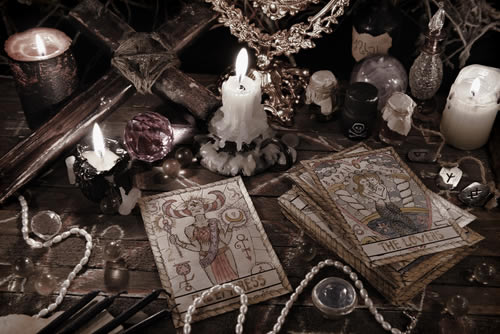
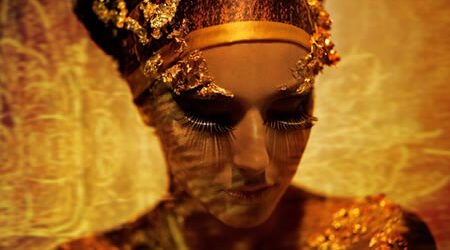


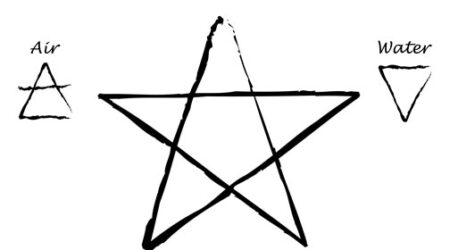
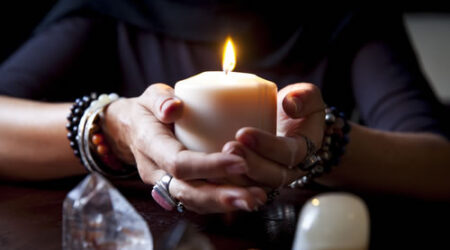
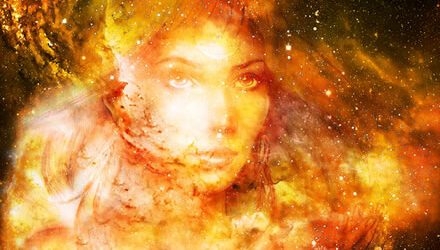

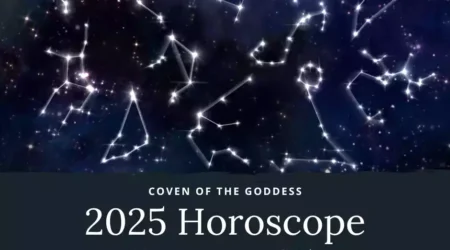
Leave a Reply